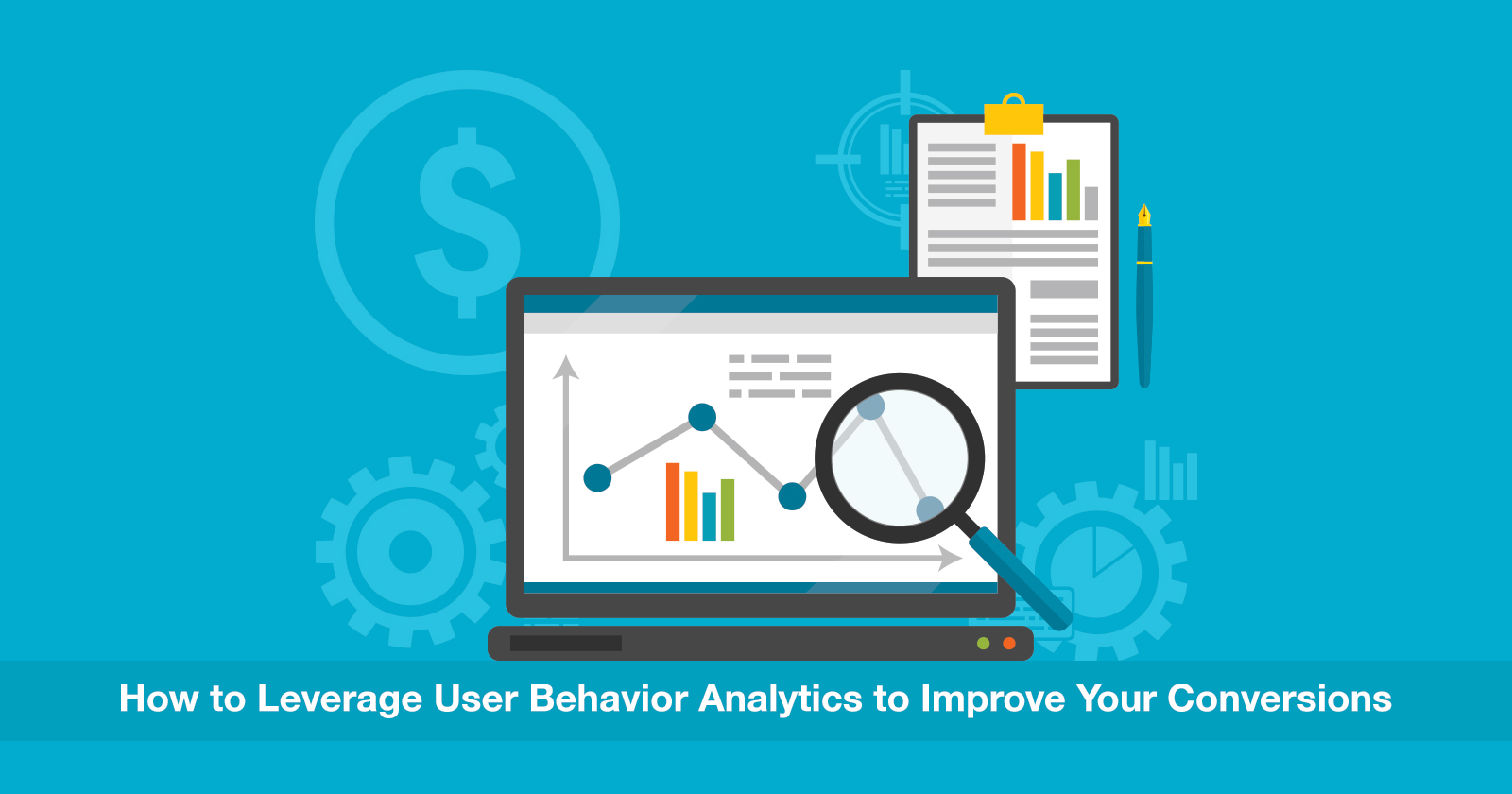“Conversion rate” is one of those universal terms in which the very mention typically gets online business owners and webmasters in an uproar.
To give you some context, the average global conversion rate in the third quarter of 2018 was 2.24%.
Improving conversion rates is a never-ending quest with all sorts of obstacles and roadblocks.
In this field, guarantees of positive results do not exist. This is due to the most mysterious and unpredictable obstacle known to the online world: human behavior.
Even with all the advancements in big data analytics, artificial intelligence, and machine learning, the harsh reality is that most plans to improve conversion rates are done in hindsight.
Given the user behavioral data at our fingertips, it is up to us to make sense of it and use it to deliver experiences that actively encourage user engagement – whatever form it might take.
The good news?
Leveraging user behavioral analytics to boost conversion rates is not rocket science. It does, however, require critical examination, the ability to read between the lines, and a touch of luck.
Here are five tips on how you can manage user behavior analytics to set yourself up for more conversions.
1. Get to the Root Cause(s) of Bounce Rate
When push comes to shove, a high bounce rate is the undisputed enemy of a high conversion rate. In a nutshell, bounce rate is the percentage of visitors on a website who navigated away after only viewing a single page.
Plain and simple, if you don’t understand what’s contributing to your bounce rate, it will be extremely difficult to know how to fix it. It would be a lot like a dentist trying to fill cavities without first getting X-rays.
While bounce rate is one of the most important user behavioral metrics impacting conversions, it’s also one of the most ambiguous.
People can leave a webpage for a million different reasons. This can be anything from problems with the entire layout to subpar content, to something as minuscule as the color of the CTA button.
Now, what exactly is a high bounce rate?
As general rules for bounce rate percentages:
- Between 26 and 40 = awesome!
- Between 41 and 55 = average.
- Between 56 and 70 = above average.
- 70 and above (outside of blogs, news articles, etc.) = needs attention.
To reiterate, there are all sorts of reasons for a bounce rate to be high. However, when looking at the overarching reasons why people leave websites, some are more common than others.
If your conversions are not where you want them to be and your bounce rate is high, two great places to start examining are:
- Your page loading speeds.
- The keywords bringing in web traffic.
Page Speed Performance
From a visitor standpoint, no one likes slow-loading webpages (you can probably relate).
It doesn’t matter how amazing your content is or how beautiful your website looks; if it takes more than a few seconds for your webpage to load, most people will leave and never come back – much less convert.
Fortunately, there are all kinds of tools to help you analyze this. GTmetrix is a super easy (and free) one to gauge how well your pages load.
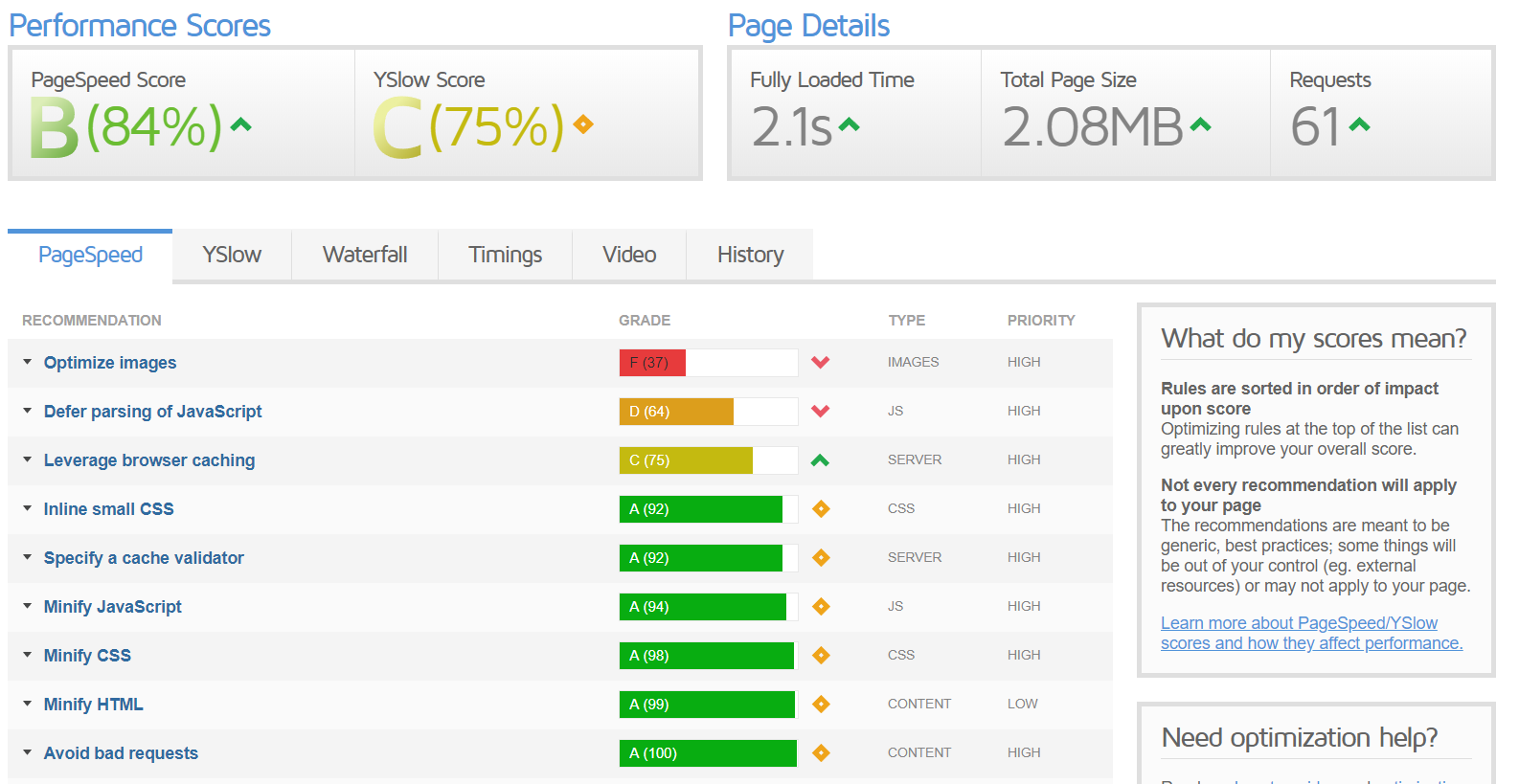
Based on the report, you can see which aspects of your site are bogging down the speed.
In many cases, improving loading speed requires optimizing images, JavaScript, or HTTP requests. A slow-loading webpage will compromise the user experience and kill conversions better than anything else. If your bounce rate is high, start here!
Targeting the Wrong Keywords
Another incredibly common culprit of high bounce rates is poor SEO. More specifically, targeting the wrong keywords.
For example, let’s say you run a website that sells dietary supplements and are targeting keywords related to weight loss. If your bounce rate is super high, there is a good chance you are bringing in traffic for the wrong user intent.
Look at Search Console to see which keywords are bringing in the most traffic to your webpages. Perhaps people are finding your site for terms like weight loss program, weight loss routines, weight loss surgery, etc.
If this is the case, chances are you need to refine your keyword strategy with more specific terms related to the search intent leading people to your products.
Maybe you can target long tail keywords like best over the counter weight loss pills, weight loss pills for men, safe weight loss pills, etc.
Now, we could write a book on bounce rate and how to lower it. But these two culprits are often times the reasons behind, and unhealthy percentage.
2. Differentiate the Experience for New & Returning Visitors
When you meet someone new in person, you probably treat them differently than someone you’ve known for years. This same concept applies to the experiences and conversion rates on your website.
New visitors should have a different user experience than returning ones.
First-time visitors are trying to get familiar with your platform and determine whether to convert.
Return visitors have likely converted before and are hopefully willing to convert in other areas.
For instance, on an ecommerce website, first-time visitors should be served content that explains how the site works or how to navigate it.
In terms of conversions, the site should prompt actions like signing up for a newsletter, creating an account, or taking a survey.
Take Winc.com, an online wine retailer, for example. As a first time visitor, here is what the homepage looks like:
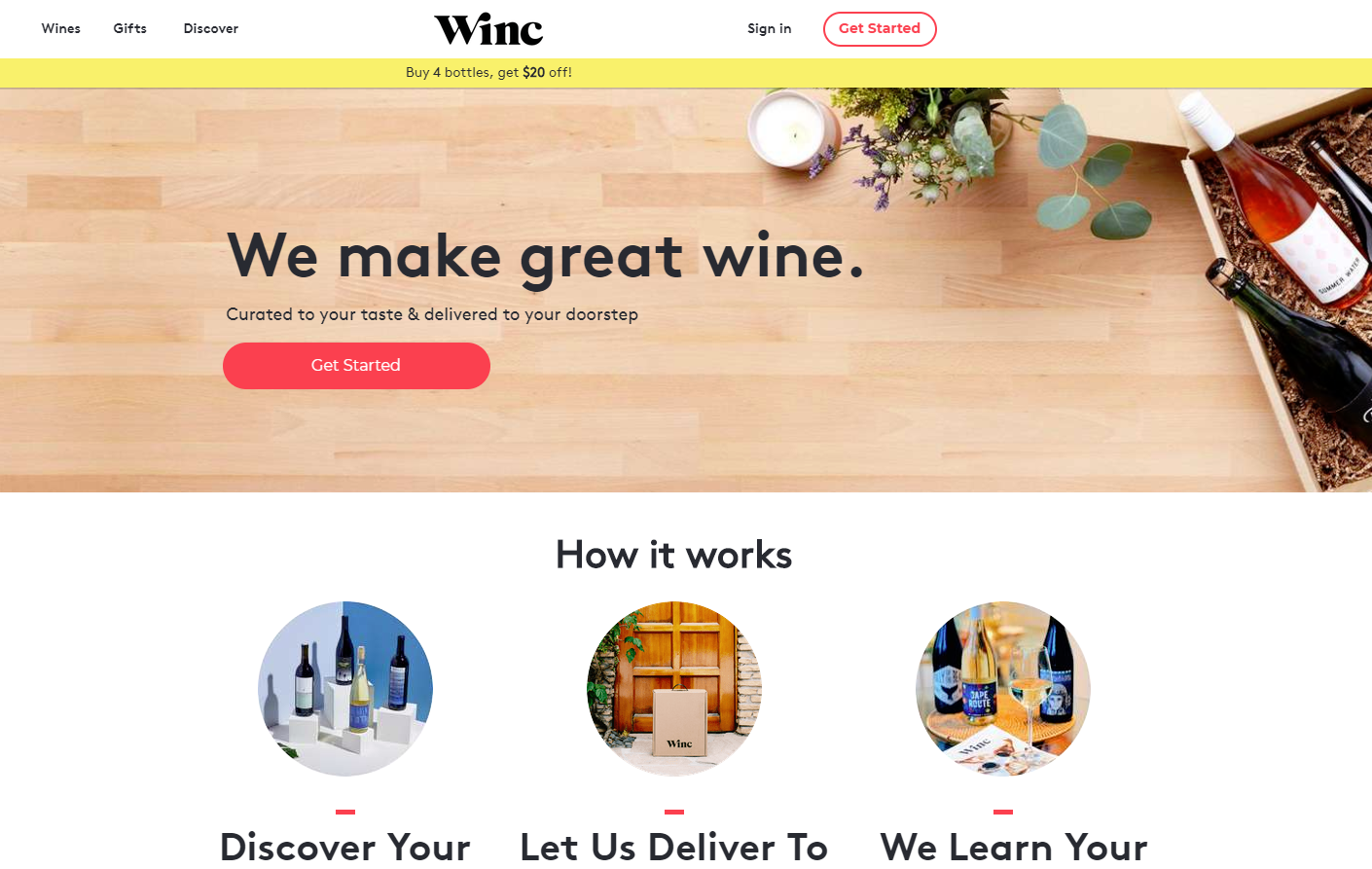
The details about the business are explained, then it prompts the user to “Get Started” with a CTA button leading to a survey that helps the site understand their individual wine preferences.
Now, I’ve created an account and filled out the survey. When I go back to the homepage and click on the “Get Started” CTA, I am pointed to a wine selection based on my preferences.
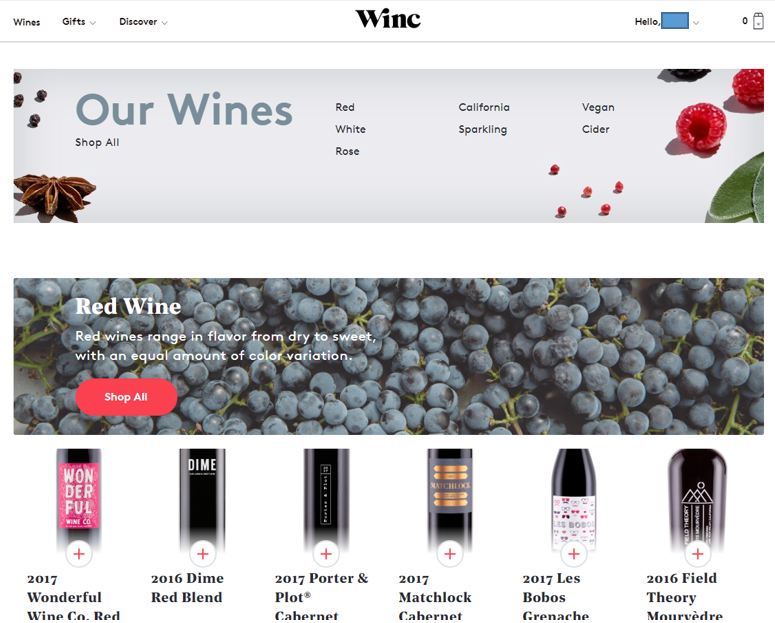
Marketing for new users (unique visitors) versus returning users is a completely different game. Both have different behaviors, objectives, and methods of consuming content.
Using tools like Finteza, you can create designated conversion funnels for both user groups.
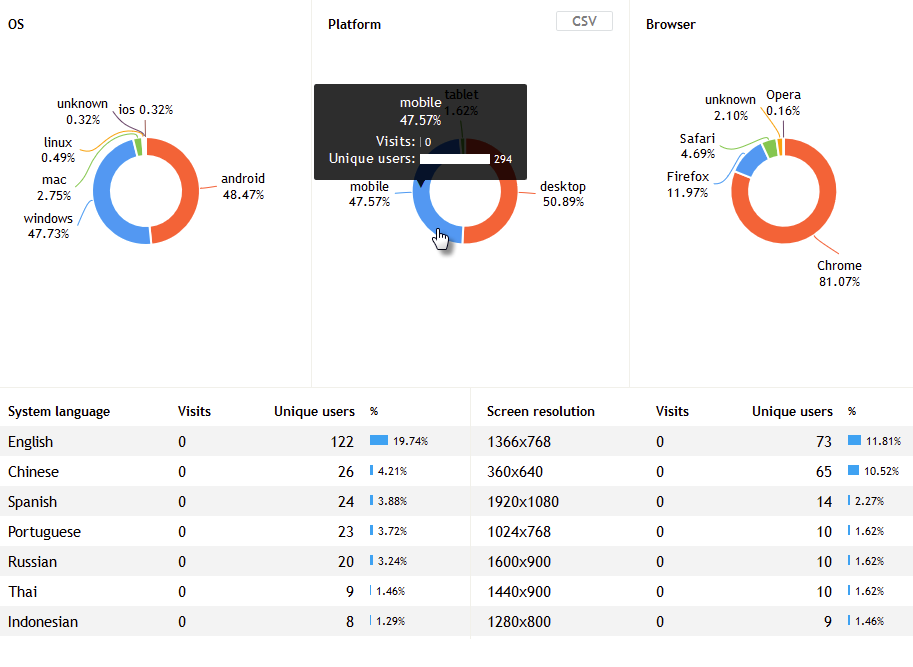
With user profiling analytics, you can serve the right type of content to the right person at the right time.
Gaining conversions is a mind game.
The key is to understand what part of the buyer’s journey each of your visitors are on, then how to serve them with the content they are looking for.
3. Use Referral Traffic for Personalized Landing Pages
Personalized landing pages can do wonders for your conversion rates.
Using behavioral analytics for personalization is no longer a flashy new toy; it’s practically a requirement for online success.
Let’s say a user has arrived on your website due to a referral from an advertisement, discount code, or special offer on your latest product from a referral site. Maybe this referral came from social media, an influencer’s website, or a blog.
When people click on your special offer for a new product, they should be led to the page on your website showcasing the same product.
Additionally, if someone was referred to your website via a coupon code, they should be immediately met with a pop up for the relevant content. Obviously, this will make it way easier for the user to convert, as opposed to them having to dig for the code.
Regardless of your motives, your content should adapt to each visitor in real time based on where they came from.
There are all kinds of personalization programs out there, like Instapage or Leadpages, to help you draw on user data to create dynamic landing pages.
This involves tracking behaviors like:
- Ad clicks.
- Profile information from third-party referral sources.
- Content efficiency reports.
4. Use Internal Site Search for More Targeted Website Experiences
When you browse for a product on Amazon, you are almost always served personalized product recommendations or relevant upsells/cross-sells.

This is perhaps the most prime example of using site search user data for targeted content.
The internal site search feature on your website is a goldmine for valuable user behavioral data. Start by looking at your Google Analytics.
To see site search data, go to Behavior > Site Search > Overview.
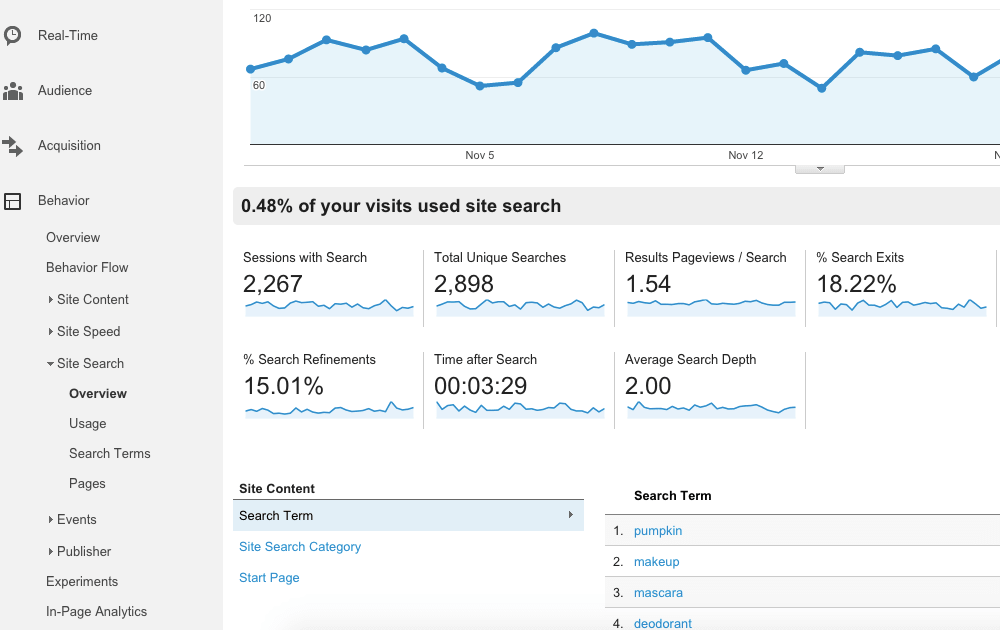
Gaining a deep understanding of site search data is critical for getting a picture of:
- How people navigate your website.
- The content they are looking for.
- How you can design your marketing strategy to improve the likelihood of conversions.
As we’ve seen so many times before from popular ecommerce brands, the site search data we create is often used for email marketing, social media, and a number of other personalization tactics.
Now, your site search data can tell you a lot more than how to personalize recommendations. It can shed light on how you prioritize the content on your website.
For instance, let’s say you run an ecommerce website that sells shoes. If plenty of your site searches include a popular brand name or style, this says a lot about the behavior of your visitors.
Using this information, you can promote deals or items relevant to these searches directly on the homepage for more conversions.
Site search data is one of the most clear-cut forms of user behavioral data. By not using it to your advantage, you are essentially leaving precious conversions (and possibly revenue) on the table.
5. Continuously Monitor Exit Reports to Future Proof Your Conversion Strategies
To expand a bit on bounce rate, examining your exit reports needs to be an ongoing process.
The goal is to get to the bottom of why people are leaving your webpages without converting.
In the first section of this post, we talked about a couple of overarching culprits of high bounce rates on the website itself.
Assuming you have ironed out these technical difficulties, you need to start using your exit reports to find areas of your site that can be tested to improve conversions.
This is crucial for finding the snags that are responsible for low conversions.
For example, if your behavioral analytics are indicating that the highest bounce rates are happening towards the middle of your checkout process, this can be a sign that you need to play around with a few site elements.
Maybe people are falling off because they don’t want to enter in their full credit card number. Therefore, it would be a smart move to add in quicker payment options like Apple Pay, PayPal, etc.
Or, if you have a signup page that has a super high bounce rate, maybe you could eliminate some of the unnecessary form fields.
Bottom line: high bounce rates on conversion-focused pages need to be examined under a microscope.
To provide a real-life example, Nabler, a digital analytics consulting firm, released a case study detailing a client’s experience with high bounce rates on a category page. The bounce rate was at 75%.
The team used this behavior data and conducted split tests after changing several details of the page, including the CTA button and layout.
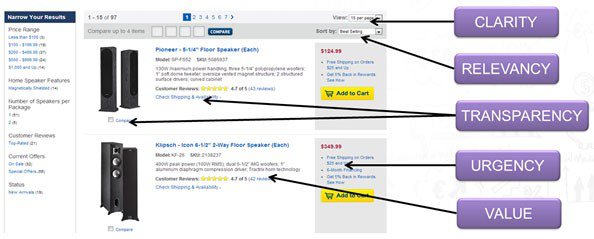
By changing the layout to a list view, offering rewards, and reformatting the CTA buttons, they carried out several tests and brought the bounce rate down to 37% and increased the conversion rate by 34%!
Always remember, online preferences (and subsequently, behaviors) are changing every day.
As a webmaster, you need to keep up with these by examining your exit reports and finding new strategies that work. This is the key to improving conversions now and in the future.
Summary
The most important thing to understand about conversions is you can never get too comfortable; for they can plummet without any warning.
Most plans to improve conversion rates are done in hindsight. It’s just a matter of how far in hindsight.
That said, monitoring your visitors and how they interact with your site needs to be a frequent task.
Being as how you do not own a crystal ball that shows you the future, user behavioral analytics is about as close as you can get.
More Resources:
- How User Behavior In Search Works: Everything You Need to Know
- How to Understand User Behavior With Google Analytics
- 5 Useful SEO Insights You Can Learn from Google Analytics
Image Credits
Featured Image: Created bu author, June 2019
All screenshots taken by author, June 2019



